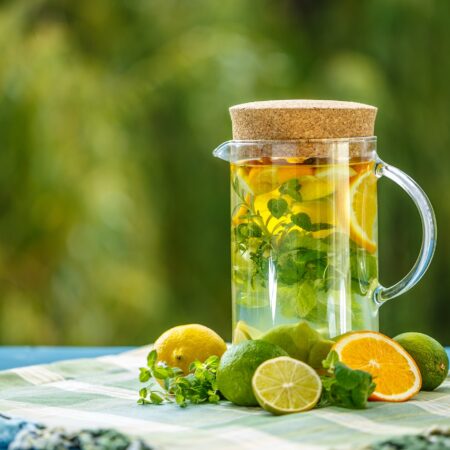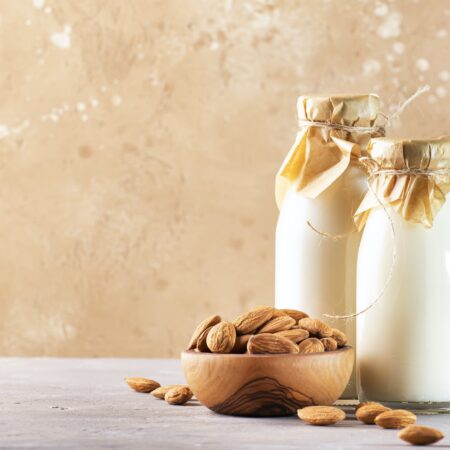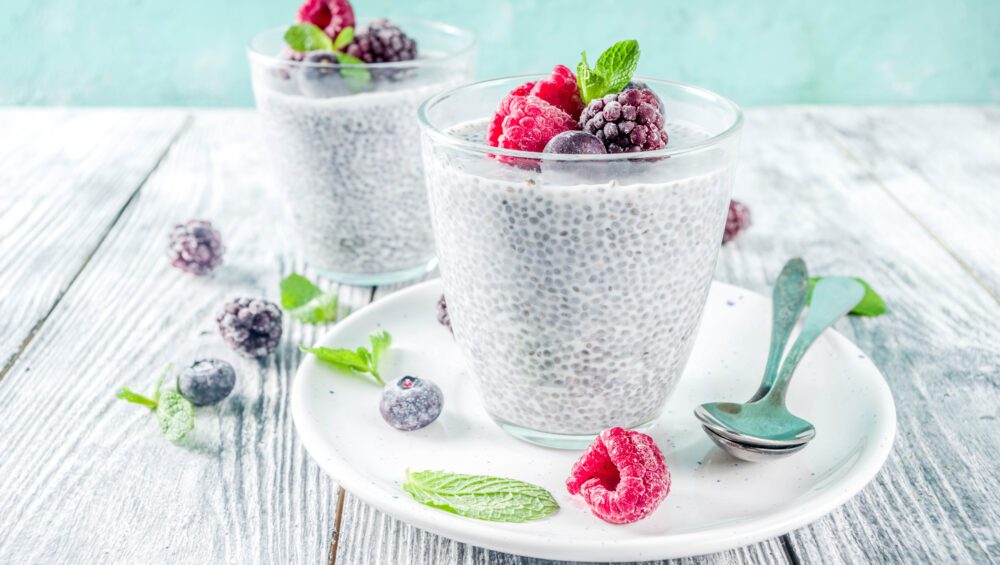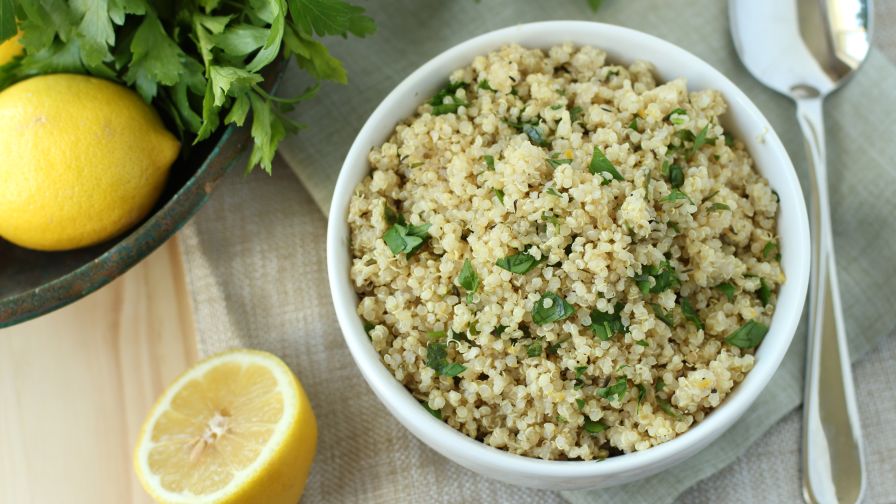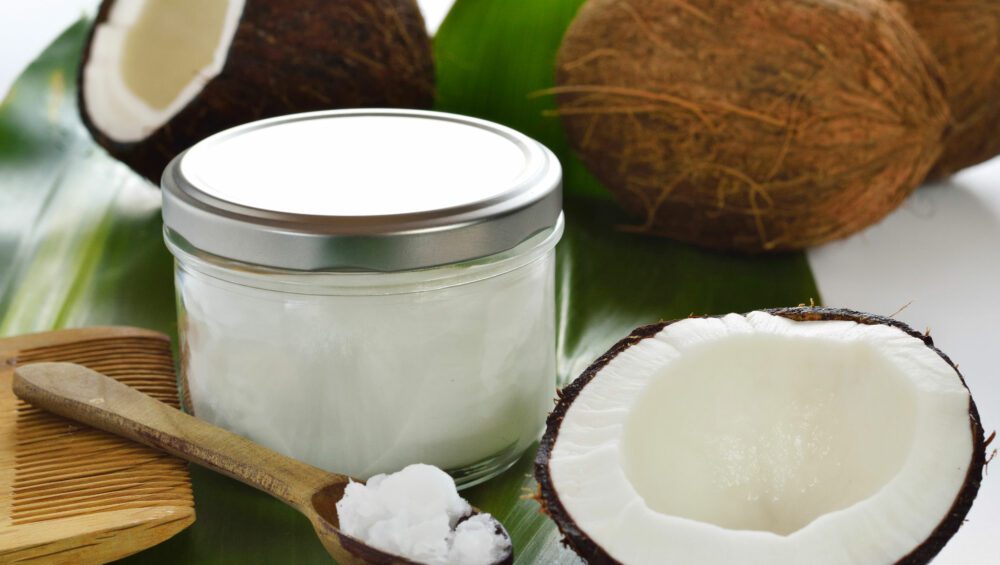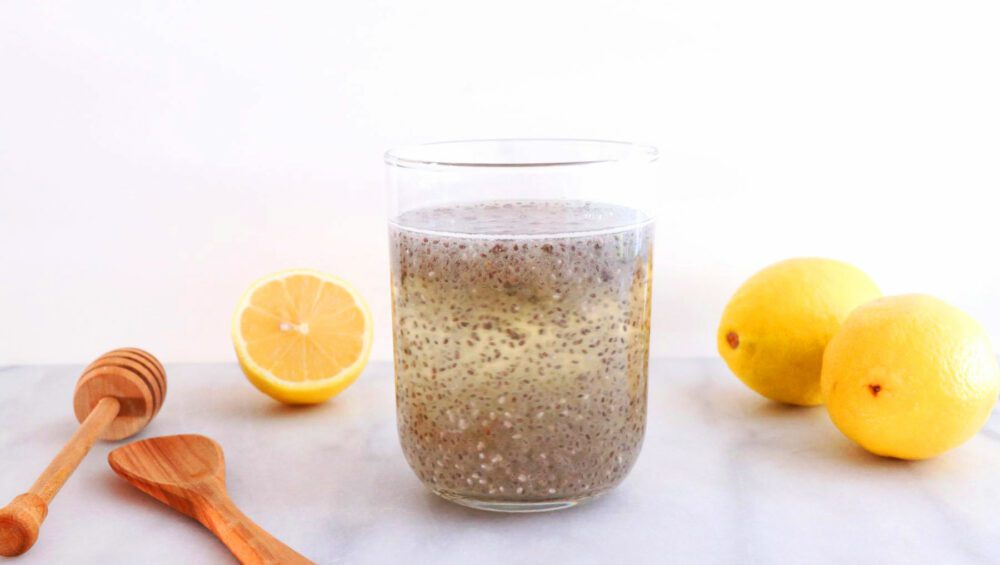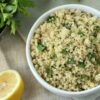🌾 What Is Quinoa?
Quinoa (pronounced keen-wah) is a gluten-free whole grain packed with essential nutrients. Once a staple of the ancient Inca civilization, it’s now hailed globally as a superfood. At Zestiva, we bring you 100% organic quinoa, sustainably sourced and perfect for health-conscious eaters in Singapore and beyond.
✅ 1. High in Plant-Based Protein
Unlike most grains, quinoa is a complete protein, containing all nine essential amino acids. This makes it ideal for:
- Vegans and vegetarians
- Athletes and gym-goers
- Anyone looking to maintain muscle without meat
🍽️ Just one cup of Zestiva Organic Quinoa offers around 8 grams of protein — a clean, plant-based powerhouse!
✅ 2. Rich in Fiber – Aids Digestion
Fiber supports digestion, reduces constipation, and even helps in weight management. Quinoa contains more fiber than most grains — up to 5 grams per cup.
Zestiva quinoa is unprocessed and naturally rich in fiber, helping you feel full longer and maintain gut health.
✅ 3. Packed with Essential Nutrients
Each serving of quinoa contains:
- Magnesium
- Iron
- Zinc
- Potassium
- B-vitamins
- Antioxidants
These help:
- Boost immunity
- Improve energy levels
- Support heart and brain health
Our organic quinoa at Zestiva is grown without harmful pesticides, ensuring you get all the benefits without any chemical residue.
✅ 4. Naturally Gluten-Free
People with gluten intolerance or celiac disease need a reliable, healthy alternative to wheat. Zestiva Organic Quinoa is 100% gluten-free, making it the perfect substitute for:
- White rice
- Pasta
- Couscous
Enjoy it in salads, soups, or even as a breakfast bowl!
✅ 5. Supports Weight Management
Due to its high fiber, protein, and low glycemic index, quinoa helps:
- Control appetite
- Regulate blood sugar
- Reduce unnecessary snacking
When you include Zestiva quinoa in your diet, you’re fueling your body with real, whole nutrition that supports long-term wellness.
🍴 How to Use Zestiva Organic Quinoa
Quinoa is incredibly versatile. Try it in:
- Buddha bowls
- Veggie stir-fries
- Quinoa porridge
- Quinoa-stuffed peppers
- Vegan sushi
Need recipe ideas? Check out our blog for easy quinoa recipes using Zestiva Organic Quinoa!
🛒 Where to Buy Organic Quinoa in Singapore
Looking for premium organic quinoa in Singapore?
Zestiva Organic Quinoa is available for delivery across Singapore.
✅ USDA-certified
✅ Non-GMO
✅ Gluten-Free
✅ Packed with care
👉 Shop Now
📝 Final Thoughts
Choosing Zestiva Organic Quinoa means you’re choosing:
- Better nutrition
- Organic quality
- A trusted local brand
Make the switch today and enjoy the many health benefits of quinoa with Zestiva — your go-to source for organic superfoods in Singapore.




